Despite living in the West with its plethora of big-game options, I enjoy bowhunting whitetails immeasurably, especially since moving to bona-fide whitetail country. This isn’t exactly unique, as white-tailed deer are inarguably North America’s most popular game animal, big or small. Predictably, with anything this wildly popular it’s natural that serious whitetail hunters began to seek unique challenges, including occasional changes of scenery. The true whitetail fanatic eventually gravitates to greater challenges, the novel, or goal-oriented pursuits. These become our bucket-list hunts—bigger antlers, something rare or involving more than the once-a-year string drop, or just a completely different approach. What’s on your bucket list? When it comes to bucket list whitetails, here’s 5 hunts you should plan.
Monster Buck
Everyone wants a bigger buck. Bigger is relative to region, of course, a Deep South monster something entirely different than Midwest bruisers. At home my goal is usually to tag the oldest buck in my hunting area (though high score is a plus). Long ago I learned to cherish what is realistically available, instead of coveting what others enjoy in vastly superior habitats.
Still, it’s a common dream to bowhunt better whitetail ground that improves the odds of collecting high-scoring antlers. Where are these once-in-a-lifetime bucks most commonly found? I’ve always said you can’t kill monster bucks where there are none. Statistical anomalies aside, the best places are easily pinpointed via record-book entries.
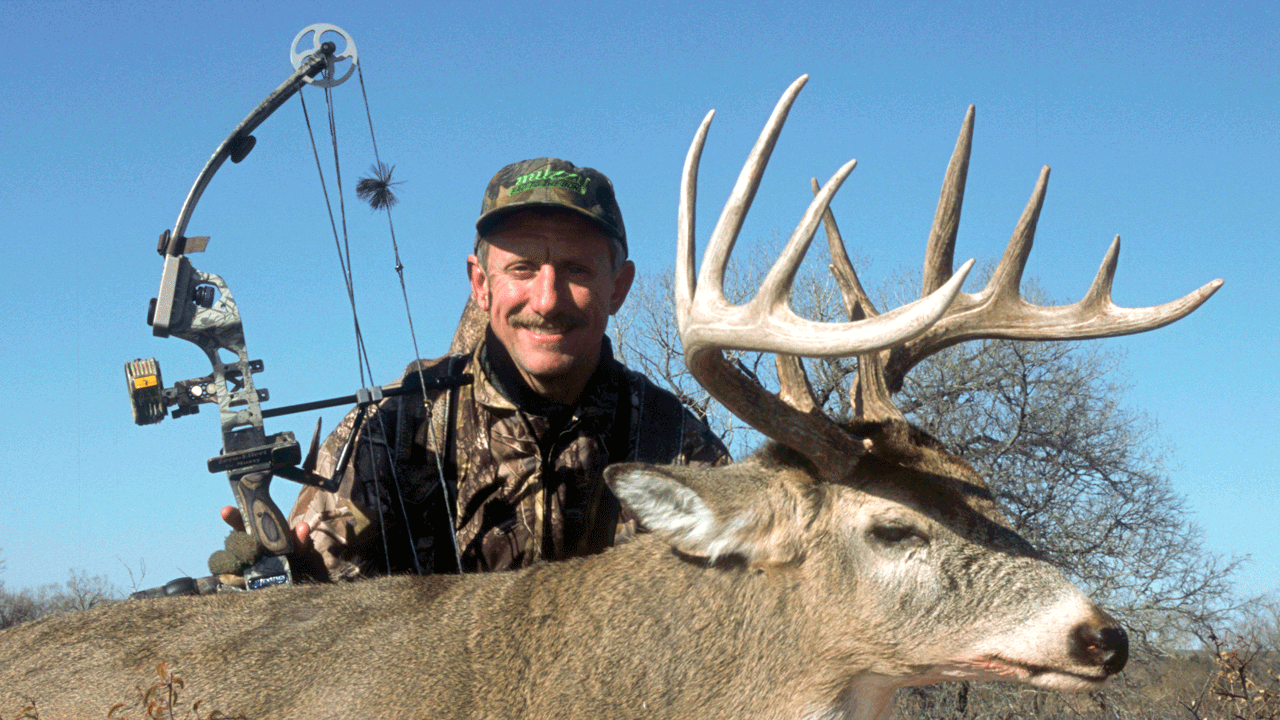
It’s pretty safe to say, every deer hunter dreams of the opportunity to check a monster buck off their bucket list.
To consistently produce high-scoring bucks whitetail habitats need excellent genetics combined with abundant and highly-nutritious food, plus careful management (or light hunting pressure) allowing bucks to regularly reach maturity. This formula is met by several Midwestern states and western-Canada provinces. A near-standard list of hotspots would include Iowa, Kansas, portions of Illinois, Ohio and Wisconsin, Alberta and Saskatchewan. Newer hotspots include Kentucky and Indiana. The very best allow only bowhunting during vulnerable pre-rut and rut dates, though exceptions occur where private lands (Texas, for example) or remote areas (Canada) mitigate the carnage of rifle hunting during rut dates. No state or province guarantees success on big bucks, obviously, only increasing your odds exponentially of hitting a jackpot.
Velvet Buck
It is basic human nature to value most what is most rare. In whitetail hunting that is a velvet buck. The simplest explanation is most whitetail hunters are allowed to bowhunt only after bucks have stripped velvet, seasons kicking off early to mid October in most cases. Velvet stripping typically occurs during the first to second week of September.
With very few exceptions this points to Western habitats. My choices include northern Idaho (August 30 archery opener), northeastern Wyoming (September 1 archery opener), northeastern Washington and Montana (early September archery-season kickoffs) and Alberta (early September archery opener). The exceptions include Kentucky, with an early September archery opener, and South Carolina, which will never match the trophy quality of the Blue Grass State.
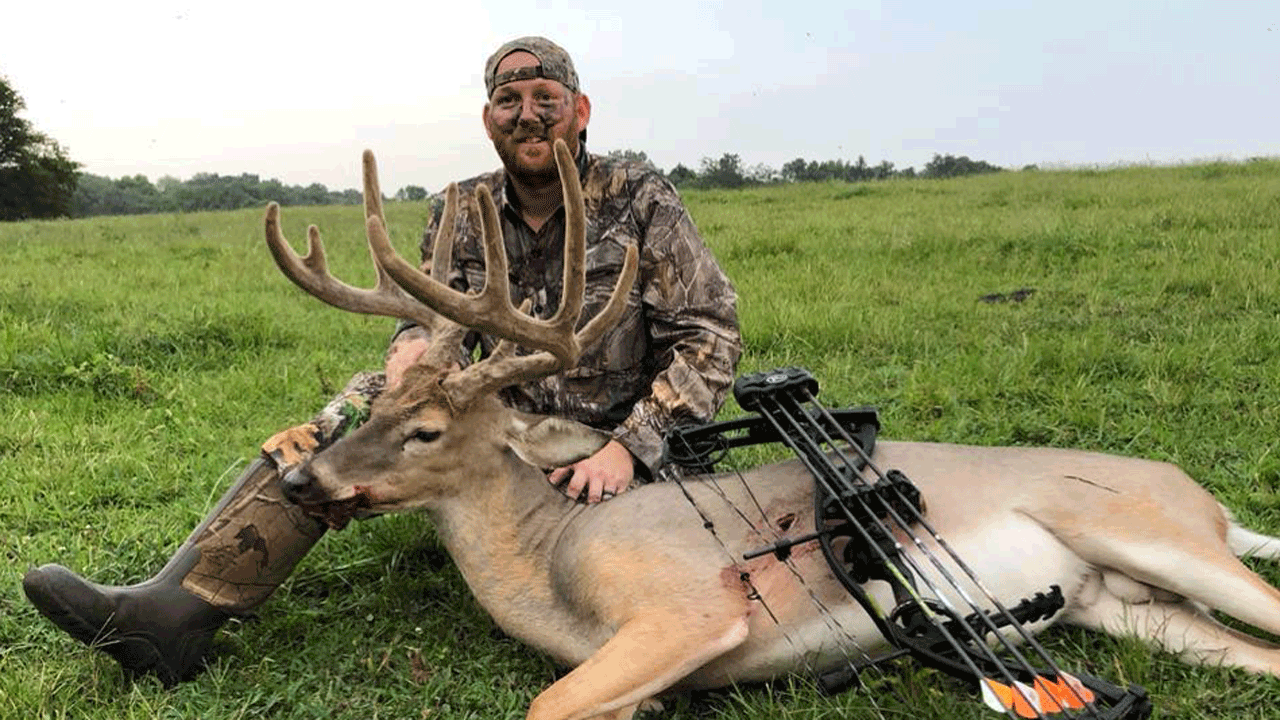
A velvet buck is a unique trophy that makes for a great way to kick off the fall hunting season.
Idaho bucks can be counted on to remain velvet antlered from opening day through September 5-7, the odds of witnessing a velvet buck diminishing substantially after. By September 10 all bucks will be wearing hard horns. Early-season bucks can prove quite predictable, but this is assuming winds remain favorable for the stands where they are appearing. With states offering starting dates of September 2 through 6 (some of the states/provinces already mentioned) you’re starting with odds stacked firmly against you.
Volume Shoot
For most bowhunters an entire season culminates in a single shot filling a single tag. I’m okay with that, as the satisfaction of seeing a well-executed plan come together is always rewarding. But I admit every success also comes with regret that all the fun has come to a screeching halt. I just can’t get enough. This is probably why I annually drive 30 hours, one way, to visit friends in Texas.
States like Texas enjoy an excess of white-tailed deer, allowing multiple does, and sometimes even two bucks to be legally taken during one foray. Last December I had the good fortune of arrowing two bucks (and a passel of wild hogs) in a single awesome week while bowhunting two different counties. At other times friends have asked for help meeting annual deer-lease doe quotas, which I was all too happy to oblige, as I love venison. When talk turns to the Lone Star State most think of South Texas, but in recent years northern and West Texas have come on strong, relinquishing bomber bucks. Texas’ Edward’s Plateau doesn’t have the top end, but bucks most will find perfectly acceptable and does beyond inventorying.
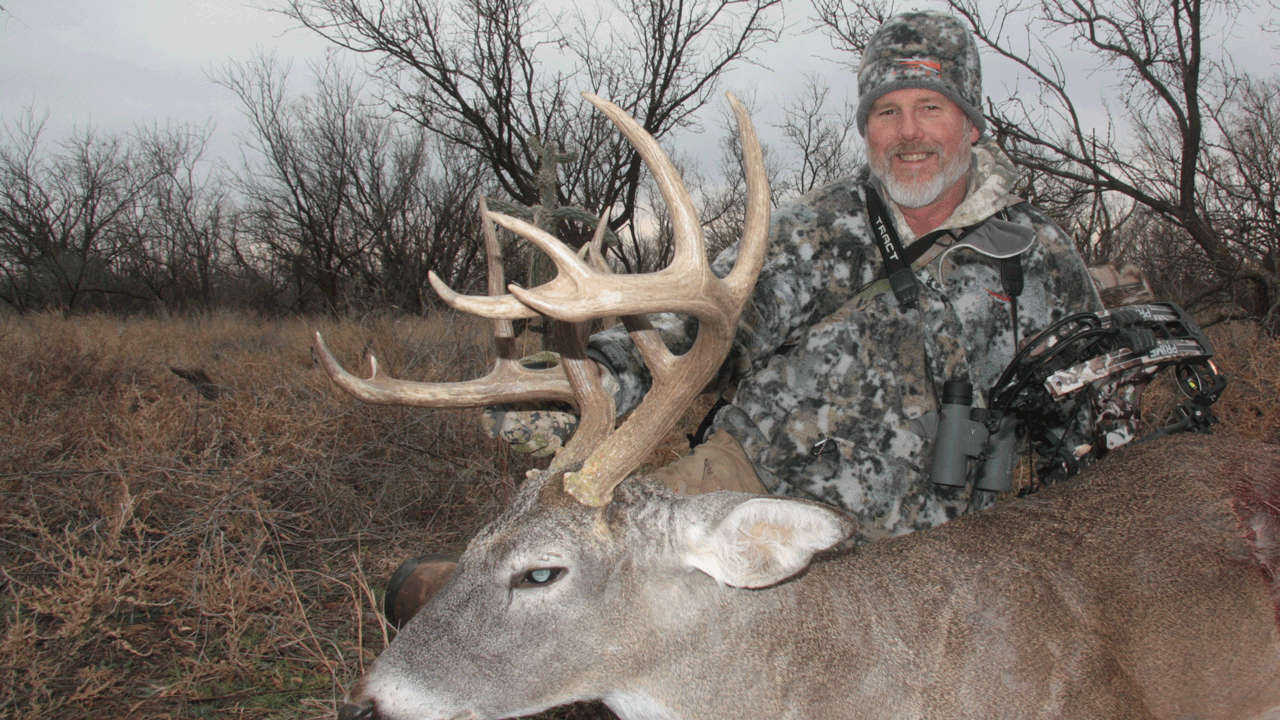
Texas makes for a great state to have a big time flinging arrows and punching tags.
Despite my Texas bias, the Deep South remains the liberal-bag-limit king. The Deep South’s mild climate and year-round food allows deer to thrive. The average Southern deer manager’s dilemma remains too many deer. You can do your part. There are states, like Alabama and the Carolinas, where you can legally shoot a deer every day. Heavily-managed Southern properties often grow gagger bucks, but most of my Dixie experiences have been doe-feasts including advertised Southern hospitality and home cooking. Southern seasons are also typically open well into December and January.
Spot-And-Stalk Buck
It’s interesting to note Fred Bear once considered treestands unfair and advocated banning them. Today few whitetail hunters would even consider stalking or still-hunting whitetails. We have truly wandered far afield via our trophy obsession.
That being said, while it’s true you can bowhunt whitetail from the ground anywhere they reside, it is also true there are places where you can challenge yourself with spot-and-stalk ploys while also purposefully targeting sure-enough trophy bucks. This is what plains whitetails are all about—highly-scattered deer found in essentially treeless landscapes that leave few other options.
This describes Colorado’s Eastern Plains, western Kansas, parts of Nebraska and far-eastern Montana and Wyoming. Occasional creek beds, rivers and windrows invite stand hunting, but the vast majority of deer are discovered in wide-open grass and agricultural habitats demanding hands-and-knees, snake-belly stalks. Sure, you might get lucky and have a buck walk near a pop-up blind in that vast country. Or you can stay engaged on an hour-to-hour basis and find success the old-fashioned way.
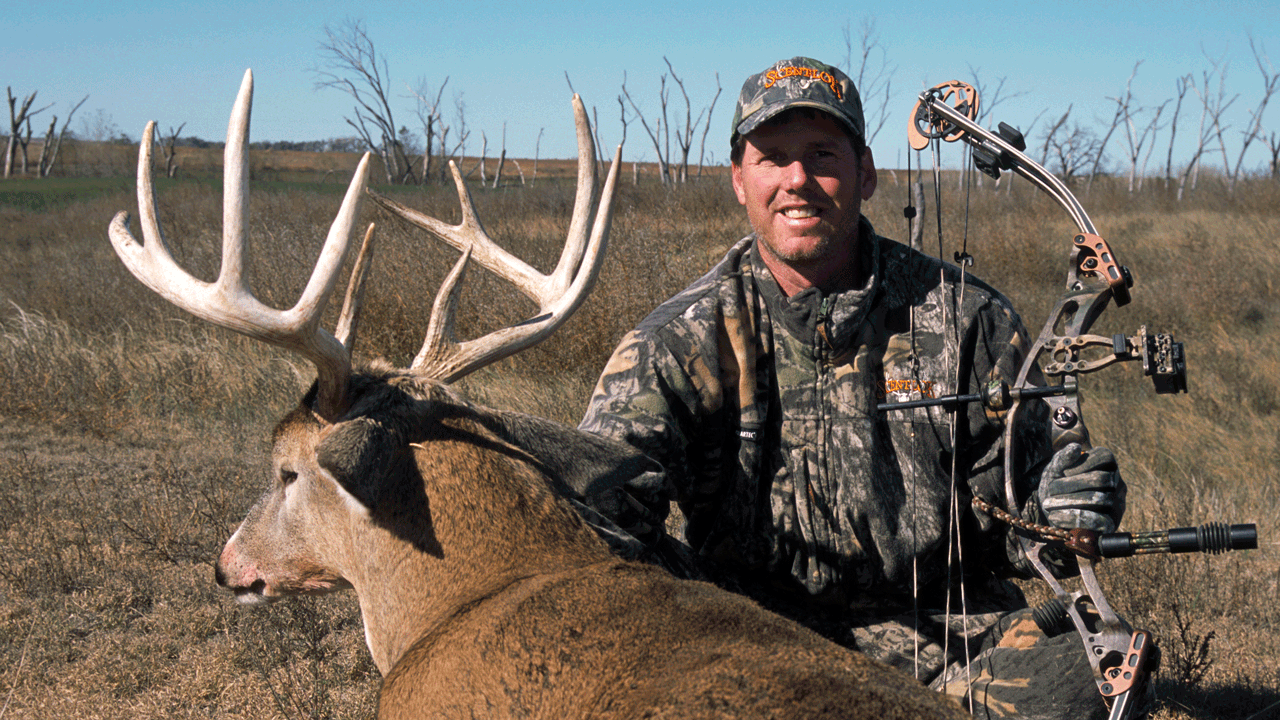
Few hunts offer as much challenge as open-country spot-and-stalk bowhunting for big bucks.
Many see those wide-open spaces and label this an impossible task. But they would be wrong. The openness actually works against deer, as they feel safe believing they can detect approaching danger. Add some knee-deep grass, a patch of weeds, and the inevitable rustling of a prairie wind, and these deer are actually quite approachable—if you’re willing to crawl.
My prairie experiences have mostly unfolded in eastern Colorado, during easier rut dates and the resulting confusion, and late December archery seasons when food was the main event. Neither season provided a clear-cut advantage, as I tagged bragging-sized bucks during both seasons. Pack some leather gloves and knee pads, as this is the land of evil sandspurs and ground-hugging prickly-pear cactus. Success is much improved if you arrive after working to extend your maximum effective range, as shots also tend to average on the long side, say 45 yards instead of the 25-yard treestand standard.
Something Novel
Of the 38-plus whitetail subspecies, record-keeping organizations recognize but two; garden-variety whitetails and Coues whitetail. Coues live in the extreme Southwestern portions of Arizona and New Mexico (and Old Mexico, and financially accessible to only the well heeled), with seasons offered early, but also the month of January so as not to interfere with traditional bowhunting seasons. January is rutting time for these elfin, southerly whitetails. The Coues’ 90-95-pound stature makes them easy prey for mountain lions and coyotes, in turn making them a tad neurotic. Translated, this means they’re a challenging adversary. Pope & Young requires only 65 inches of antler for archery record-book recognition.
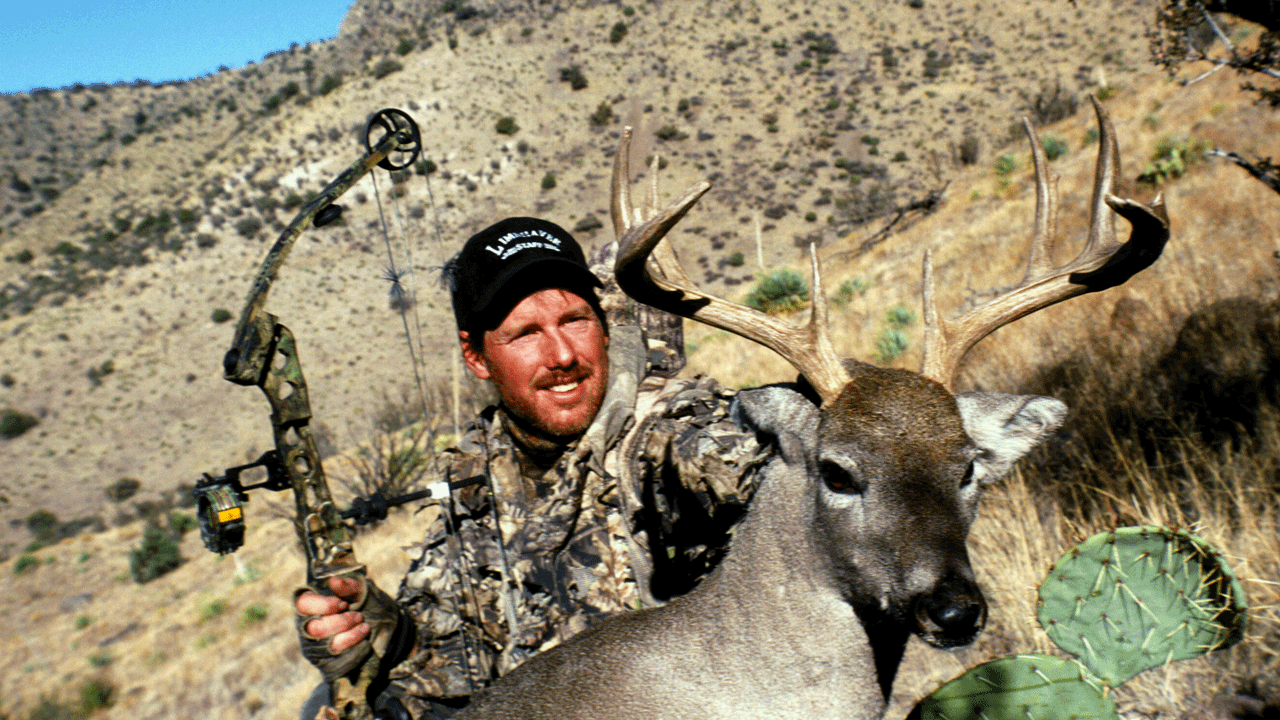
Looking for something unique for your next deer hunting adventure? Try Coues deer in the desert for a challenge like no other.
For the most part, Coues deer are a spot-and-stalk affair. Some bowhunters guard water during warm periods, others scrapes lines, but the most straight forward and classic approach involves gaining the high ground and probing with high-quality optics, spotting a target animal, planning a sensible plan of approach and applying honed stealth skills. In the beginning you’ll believe they are impossible. Many hunters have gone years without so much as taking a shot. But persist and you will be there when a buck makes a mistake. Ranges generally run long. Averaging the 13 P&Y-quality Coues I’ve tagged over the years, I invested about 10 days bowhunting for each, with average shots taken at around 55 yards. Arrow a Coues and the sense of accomplishment are second to none.
Bucket List Whitetails – Conclusion
I’ve come to deeply savor the simple whitetail hunting conducted from home, its simplicity and intermittent rewards. But as they say, variety is the spice of life and whitetail hunting is every bit as much about the new people you share it with, fresh scenery and unrealized experiences. Adding a life’s-list ingredient to the recipe makes these bowhunts all the more savory, and helps us more deeply appreciate the passion that is bowhunting white-tailed deer.

 By
By 



